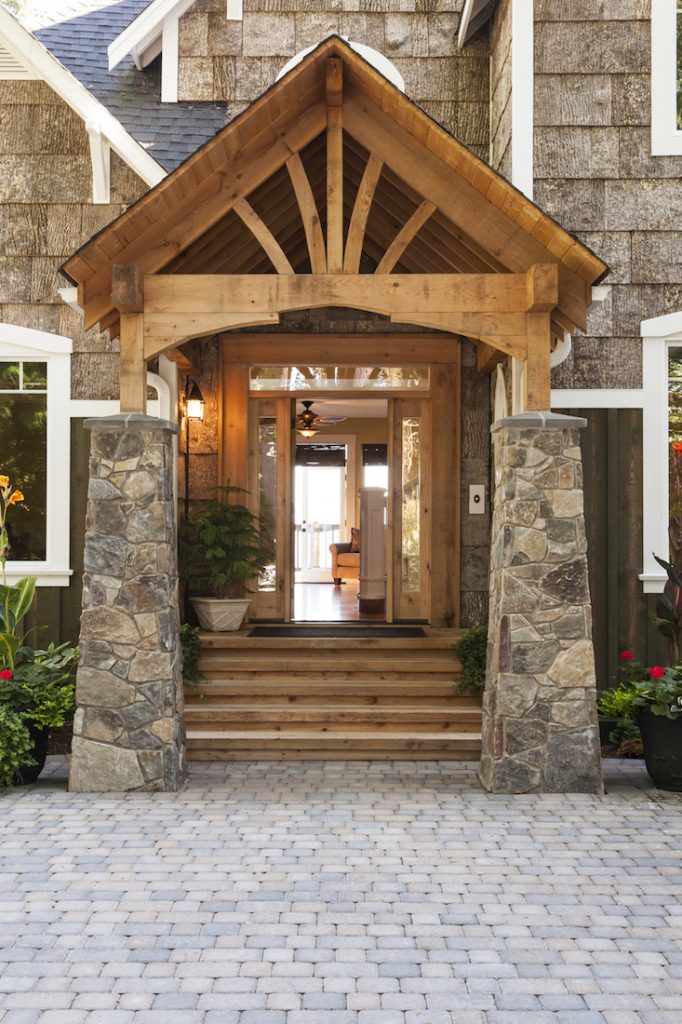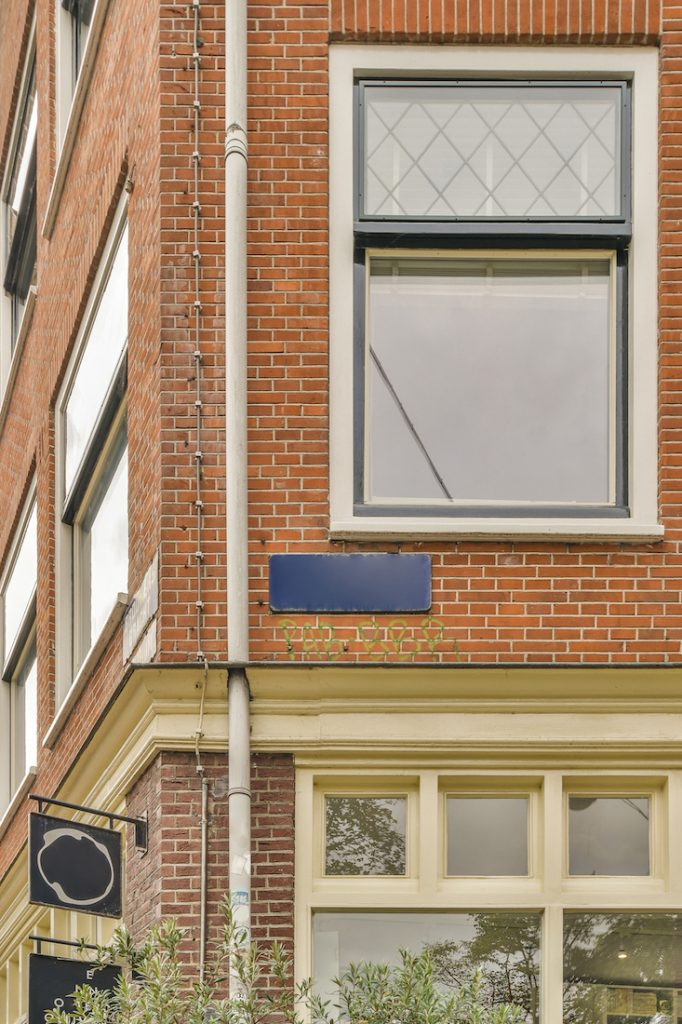CSS Minnesota is now CSS Inspection Services
Driven by People, Defined By Excellence. Trust your inspection to us.
CSS Inspection Services is your go-to inspector in Central Minnesota.
DB+
Residential Home Inspection
Protect your investment with CSS Inspection Services—a trusted name in comprehensive home inspections. Whether you’re a first-time home buyer or a seasoned homeowner, we understand that purchasing a home is a significant financial decision. That’s why our dedicated team meticulously inspects every house, treating it as if it were our own. We go above and beyond to ensure you have a clear understanding of your prospective purchase and remain available to address any questions or concerns even after the inspection. Our thorough home inspections cover crucial areas such as structure, plumbing, electrical, and HVAC systems. Working closely with you, we deliver a comprehensive inspection that you can rely on. With flexible evening and weekend appointments and easily readable reports provided within 24 hours, we take pride in being the leading Central Minnesota home inspection company that consistently delivers accurate results.
Commercial Inspection
Keep your investment secure with CSS Inspection Services. Our team of professional commercial property inspectors is dedicated to providing you with a comprehensive understanding of the building’s structure, operating components, and compliance standards. We help identify potential areas of concern, enhance your negotiation position, and prepare you for future maintenance requirements. At CSS Inspection Services, we prioritize accuracy and integrity in conducting commercial inspections. Our objective assessments equip you with the knowledge and education necessary to make informed investment decisions. With our highly skilled staff and meticulous inspections, we deliver efficient and cost-effective results.
Agricultural Inspection
Dedicated to delivering exceptional agricultural inspection services, CSS Inspection Services is committed to taking your operation to new heights. Our experienced inspectors are equipped to identify and address issues that may impact plant health, irrigation efficiency, and crop diseases. We offer Stand Counts for various stock crops such as corn and soybeans, and provide crop progress mapping to minimize and eliminate crop failures. With flexible scheduling options, including evening and weekend appointments, we make it convenient for you to schedule inspections at your convenience. Rest assured, our comprehensive reports will be delivered within 24 hours of the inspection, providing you with accurate and timely information. Trust CSS Inspection Services to understand your unique agricultural needs and deliver extraordinary results, helping you maximize your yields and achieve greater returns.
Aerial Drone Services
CSS Inspection Services: Elevating Your Perspective, Delivering Exceptional Results
At CSS Inspections, our team of FAA licensed Arial drone pilots is ready to take your projects to new heights. Whether it’s marketing or inspections, our expertise knows no bounds. With the power of drone footage, we offer an unparalleled level of detail, enabling a comprehensive assessment of your project. From capturing close-up shots of expansive commercial buildings to navigating steep residential roofs and towering high-rise structures, our drones effortlessly tackle even the most challenging inspection areas. Safety is our top priority, ensuring a secure and seamless experience. Trust CSS Inspections to provide you with an elevated perspective, as we deliver exceptional results for your next endeavor.




